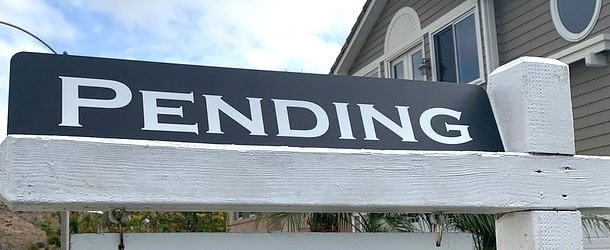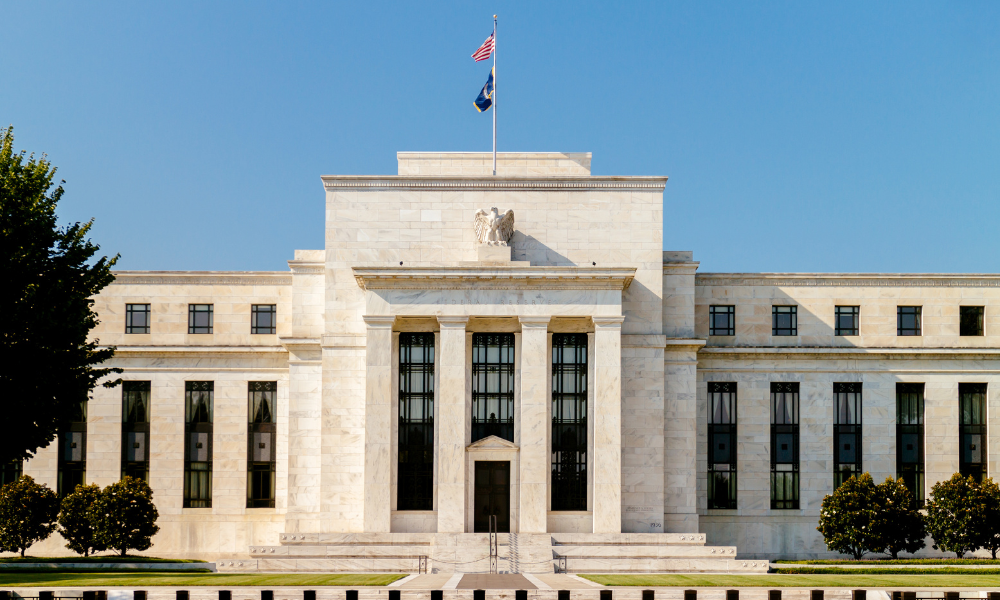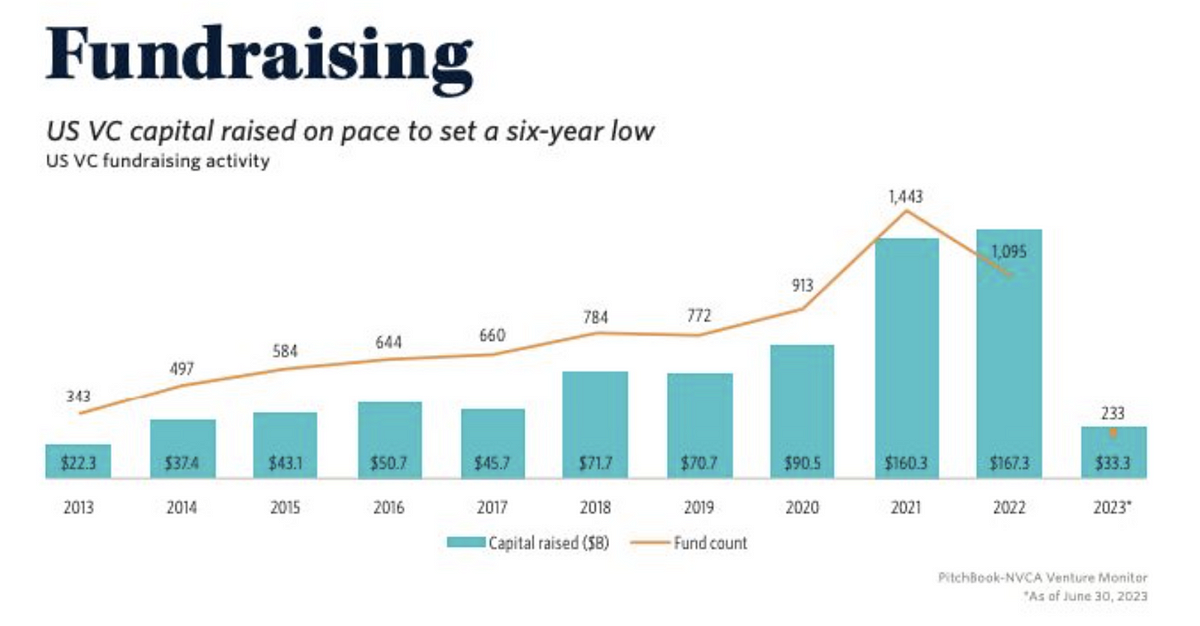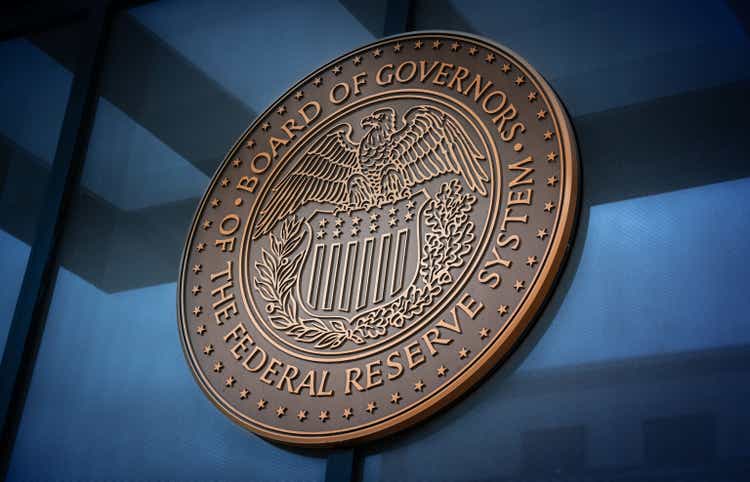First, a giant thanks to Division of Housing and City Growth Secretary Marcia Fudge and her colleagues on the Federal Housing Administration for eradicating the stigma of FHA rejects. Again in April, we famous on this column that the process of flagging loans that beforehand had been denied was unfair and even discriminatory.
“As an example you had been denied credit score by a authorities issuer, a financial institution or credit score union that has increased credit score overlays than the FHA minimal requirement,” we wrote. “That lender should file a name report documenting the credit score decline. Congratulations, you are actually an ‘FHA reject’ and will by no means qualify for a authorities mortgage.”
Kudos to former MBA CEO Dave Stevens and others within the mortgage group for pushing this lengthy overdue change. However there’s extra excellent news. Federal Housing Finance Company Director Sandra Thompson appears to be placing one other unhealthy thought to relaxation, on this case altering how mortgage lenders use credit score rating when underwriting a mortgage.
For a while now, we have been hoping that FHFA would finally notice that altering using credit score scores in shopper lending is a giant, massive endeavor that far exceeds the company’s authority. Even in case you are hovering by the clouds propelled by progressive pixie mud, utilizing two credit score scores to underwrite a mortgage is inconceivable.
Ian Katz of Capital Alpha Companions in Washington notes that Thompson had all the time mentioned that there could be a multi-year implementation section, however now FHFA appears to be slowing the method even additional.
“There have been numerous questions on how the swap from three credit score stories to 2 would work, and it appears the brief reply is that the FHFA is not certain but and desires extra time to determine it out,” Katz wrote in a consumer be aware.
Katz continued: “We do not know when the research and work will end, and the FHFA did not provide any estimates. However we would not be stunned if this stays unresolved by the tip of the present presidential time period.”
In the meantime, FDIC Chairman Martin Gruenberg made feedback to the Exchequer Membership this week concerning the deliberations of the Monetary Stability Oversight Counsel concerning nonbank danger. The excellent news is that Chairman Gruenberg’s remarks centered initially on hedge funds, cash market and different entities, with mortgage finance final.
Hedge funds and different excessive leveraged automobiles are the place the true danger resides on the earth of finance. The exposures Chairman Gruenberg referred to with respect to extremely leveraged funds is concentrated in giant prime dealer banks reminiscent of JPMorgan, Goldman Sachs, Morgan Stanley and Citibank, and different nonbank finance firms and fintechs.
The foremost seller banks on Wall Road have derivatives portfolios which are orders of magnitude larger than their steadiness sheets or capital. Morgan Stanley, for instance, has gross derivatives exposures equal to greater than 3,000% of complete belongings.
A lot of the by-product exposures of those banks are from rate of interest swaps, a vital market which mortgage bankers and different counterparties use to hedge danger. As Chairman Gruenberg notes, the FSOC is most involved about using derivatives to invest on rate of interest actions within the Treasury market.
“Nonbank monetary establishments had been main contributors to the monetary instability that led to the International Monetary Disaster of 2008,” Gruenberg famous, ignoring the general public file. “In keeping with the findings of the U.S. Monetary Disaster Inquiry Fee, sure nonbanks contributed considerably to the disaster as a result of they had been allowed to freely function within the capital markets with inadequate regulation, no transparency necessities, and no limits to their reliance on leverage.”
In actual fact, market-funded banks and near-banks reminiscent of Citibank, Countrywide, Washington Mutual, Lehman Brothers, Wachovia and Bear Stearns had been accountable for the 2008 disaster. Citibank’s “mortgage energy” product within the late Nineteen Eighties, for instance, was truly the primary subprime, no-doc mortgage mortgage provided within the U.S.
The federal government-sponsored enterprises, Fannie Mae and Freddie Mac, had been the first patrons of those subprime loans originated by Wall Road’s largest banks. But financial institution regulators within the Basel nations ignore the general public file and as an alternative level the finger of blame for 2008 at nonbanks?
Chairman Gruenberg spent a part of his speak on the Exchequer Membership repeating the drained rhetoric about “danger” from mortgage lenders and servicers. He additionally parroted the incorrect statements by Ginnie Mae officers about MSR worth “volatility,” which is totally improper. Ginnie Mae has by no means printed any information to assist their incessantly cited considerations about MSRs.
In actual fact, MSRs are the only most stable capital asset that banks and nonbanks can maintain in a rising rate of interest surroundings. In coming months, nonbank corporations that maintain MSRs will thrive whereas business banks holding business actual property loans, for instance, might be annihilated due to the Fed’s rate of interest hikes.
The FSOC met on Friday to think about the “proposed analytic framework for monetary stability danger identification, evaluation, and response and the council’s proposed steering on non-bank monetary firm determinations.” However you could be certain no one on the FSOC will talk about the first supply of volatility within the U.S. credit score markets, specifically the $33 trillion federal debt.
“The FSOC Hedge Fund Working Group discovered that hedge funds had been among the many three largest sellers of Treasury securities by class in March 2020 together with international establishments and open–finish mutual funds,” Gruenberg famous. “And that they materially contributed to the Treasury market disruption throughout this era.” Nonsense.
The most important menace to banks, nonbanks and all U.S. residents is just not the speculative gyrations of hedge funds within the Treasury market or the minute actions within the valuation of MSRs. No, the only largest danger to the U.S. financial system is the federal debt and the inflation and market volatility that it creates.
The lack of the U.S. authorities to handle its affairs and remove fiscal deficits is the only largest supply of danger to the monetary system. The grotesque derivatives exposures of U.S. banks proven above are a direct byproduct of the federal debt. Traders promoting Treasuries are merely attempting to navigate in a market dominated by the U.S. authorities. Nonbank danger is immaterial compared to the existential danger created by the U.S. Treasury.
Till the Congress eliminates the federal deficit, all the ministerial puffery from the FSOC about danger, actual and imagined, simply provides to the political dissonance of Washington. If Chairman Gruenberg and Treasury Secretary and FSOC Chair Janet Yellen actually need to see the supply of danger from leverage within the monetary markets, they need to merely look into the mirror.














